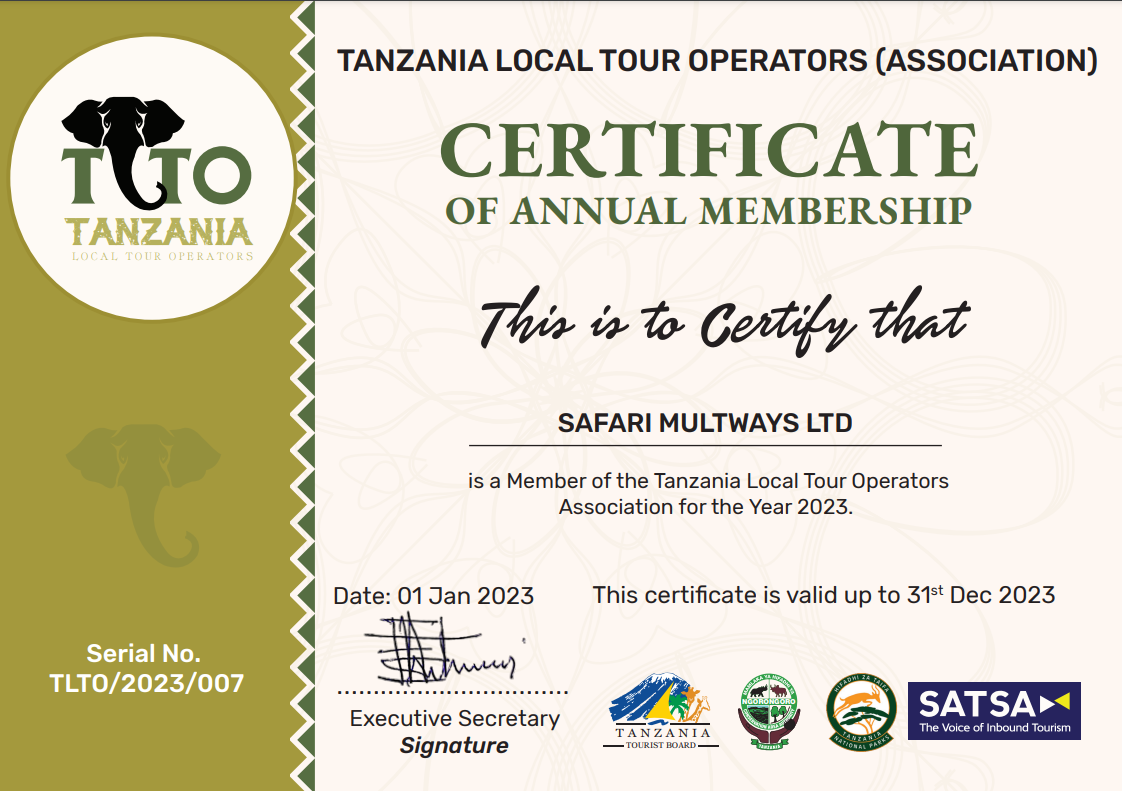Unveiling the Ngorongoro Crater Conservation Fees
Exploring the Ngorongoro Crater Conservation Fees
Nestled in Tanzania, the Ngorongoro Crater is a natural wonder that has captivated travelers from around the world. This UNESCO World Heritage Site is home to a diverse range of wildlife, including elephants, lions, and flamingos, making it a must-visit destination for any nature enthusiast. However, in order to preserve this pristine environment and protect the animals that call it home, visitors are required to pay a conservation fee.
Understanding the Costs of Preserving this Natural Wonder
The Ngorongoro Conservation Area Authority (NCAA) is responsible for managing the Ngorongoro Crater and ensuring the protection of its flora and fauna. In order to fund their conservation efforts, the NCAA charges visitors a fee to enter the crater. These fees are essential for maintaining the infrastructure of the park, supporting anti-poaching efforts, and funding community development projects in the surrounding area.
The cost of the conservation fees varies depending on the type of visitor and the duration of their stay. For international tourists, the fee is $60 per person per day, while for East African residents, the fee is $30 per person per day. Children under the age of 15 are charged half of the adult rate. These fees are in addition to the entrance fees for the Ngorongoro Conservation Area, which are separate from the conservation fees for the crater itself.
While some may balk at the seemingly high cost of the conservation fees, it is important to remember that these funds are essential for the continued preservation of the Ngorongoro Crater. The money collected from visitors helps to fund crucial conservation initiatives, such as habitat restoration, wildlife monitoring, and community outreach programs. Without this financial support, the delicate ecosystem of the crater would be at risk of degradation, and the animals that rely on it for survival would be in danger.
In addition to the conservation fees, visitors can also choose to participate in guided tours and activities within the crater, such as game drives and walking safaris. These experiences offer a unique opportunity to observe the wildlife up close and learn more about the conservation efforts taking place in the area. By engaging with these activities, visitors not only support the local economy but also gain a deeper appreciation for the importance of preserving this natural wonder for future generations.
In conclusion, the Ngorongoro Crater conservation fees may seem like an added expense for visitors, but they play a vital role in protecting this extraordinary ecosystem. By paying the fee and participating in activities within the crater, visitors are contributing to the ongoing efforts to conserve this remarkable natural treasure. So the next time you plan a trip to the Ngorongoro Crater, remember that your conservation fee is not just a cost of entry – it is an investment in the future of this iconic destination.



